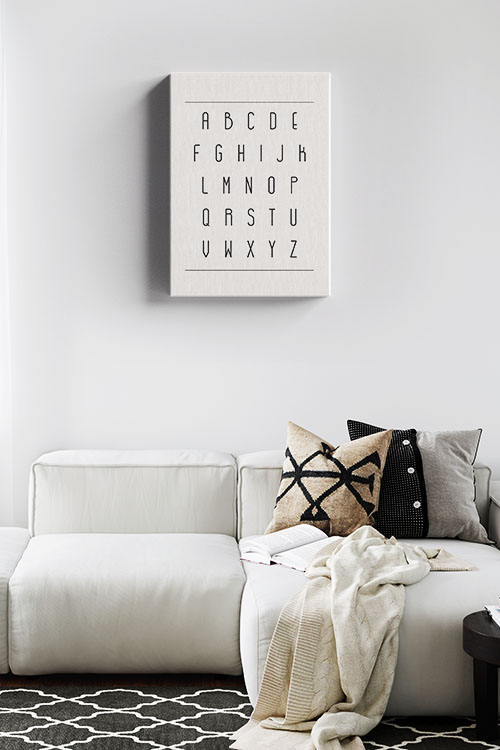Achieving a Minimalist-Themed Home

In an age where consumerism and excess often dominate our lives, the minimalist movement offers a refreshing and liberating alternative. Minimalism in home design, focusing on simplicity, functionality, and the deliberate choice of every item in the space, empowers you to take control of your environment and confidently shape your living space. Achieving a minimalist-themed home is not just about reducing clutter; it’s about creating a serene, purposeful environment that enhances well-being and clarity of mind.
The Philosophy of Minimalism
Minimalism is rooted in the idea that less is more. This philosophy extends beyond aesthetics, influencing lifestyle choices and mindset. In a minimalist home, every object has a purpose, and spaces are designed to be functional and uncluttered. The goal is to create an environment that fosters tranquility, significantly reduces stress, and promotes a more relaxed way of living.
Decluttering: The First Step
The journey to a minimalist home begins with decluttering. This involves assessing each item in your home and deciding whether it serves a purpose or brings joy. The process can be daunting, but it is essential for creating a clean slate. Items no longer needed can be donated, sold, or recycled, reducing waste and promoting sustainability.
Embracing a Neutral Color Palette
A minimalist home typically features a neutral color palette, which includes shades of white, beige, gray, and black. These colors create a calm and cohesive environment, making spaces appear more extensive and open. Carefully selected decor items can introduce accents of color, but the overall theme should remain understated and harmonious.
Choosing Functional and Simple Furniture
Furniture in a minimalist home should be functional, simple, and of high quality. Pieces with clean lines and minimal ornamentation are ideal. Multi-functional furniture, such as a sofa that can also be used as a bed or a table with storage, helps maximize space and maintain a clutter-free environment. Investing in durable, timeless pieces ensures longevity and reduces the need for frequent replacements.
Mindful Decoration
In minimalist design, less is more when it comes to decoration. Each decor item should be carefully chosen and have a clear purpose. Avoid excessive ornamentation and focus on a few statement pieces that complement the overall aesthetic. Natural elements, such as plants or wooden accents, can add warmth and texture to the space without overwhelming it.
Creating Open and Airy Spaces
A key aspect of minimalist design is creating open and airy spaces. This can be achieved by maximizing natural light, using mirrors to enhance the sense of space, and ensuring that furniture and decor are appropriately scaled to the room. By avoiding overcrowding spaces with unnecessary items, you can create an environment that allows the eye to rest and the mind to relax, promoting a sense of comfort and relaxation.
Incorporating Sustainable Practices
Minimalism often goes hand in hand with sustainability. You inherently reduce waste and consumption by choosing quality over quantity and embracing a less-is-more philosophy. You can transform your home into a minimalist sanctuary that promotes environmental responsibility by being discerning and selective in your choices, such as using eco-friendly materials, repurposing old items, and supporting sustainable brands.
Maintaining the Minimalist Lifestyle
Achieving a minimalist-themed home is not a one-time task but an ongoing commitment. It is crucial to regularly reassess your belongings and resist the urge to accumulate unnecessary items. Adopting minimalist principles in your daily life, such as mindful consumption and intentional living, helps maintain the balance and harmony of your home.
Conclusion
Creating a minimalist-themed home is a journey toward simplicity, functionality, and intentional living. It requires a mindful approach to decluttering, choosing quality over quantity, and embracing a neutral and cohesive aesthetic. By focusing on these principles, you can transform your home into a serene and purposeful sanctuary that enhances your overall well-being and fosters a more meaningful way of life.




